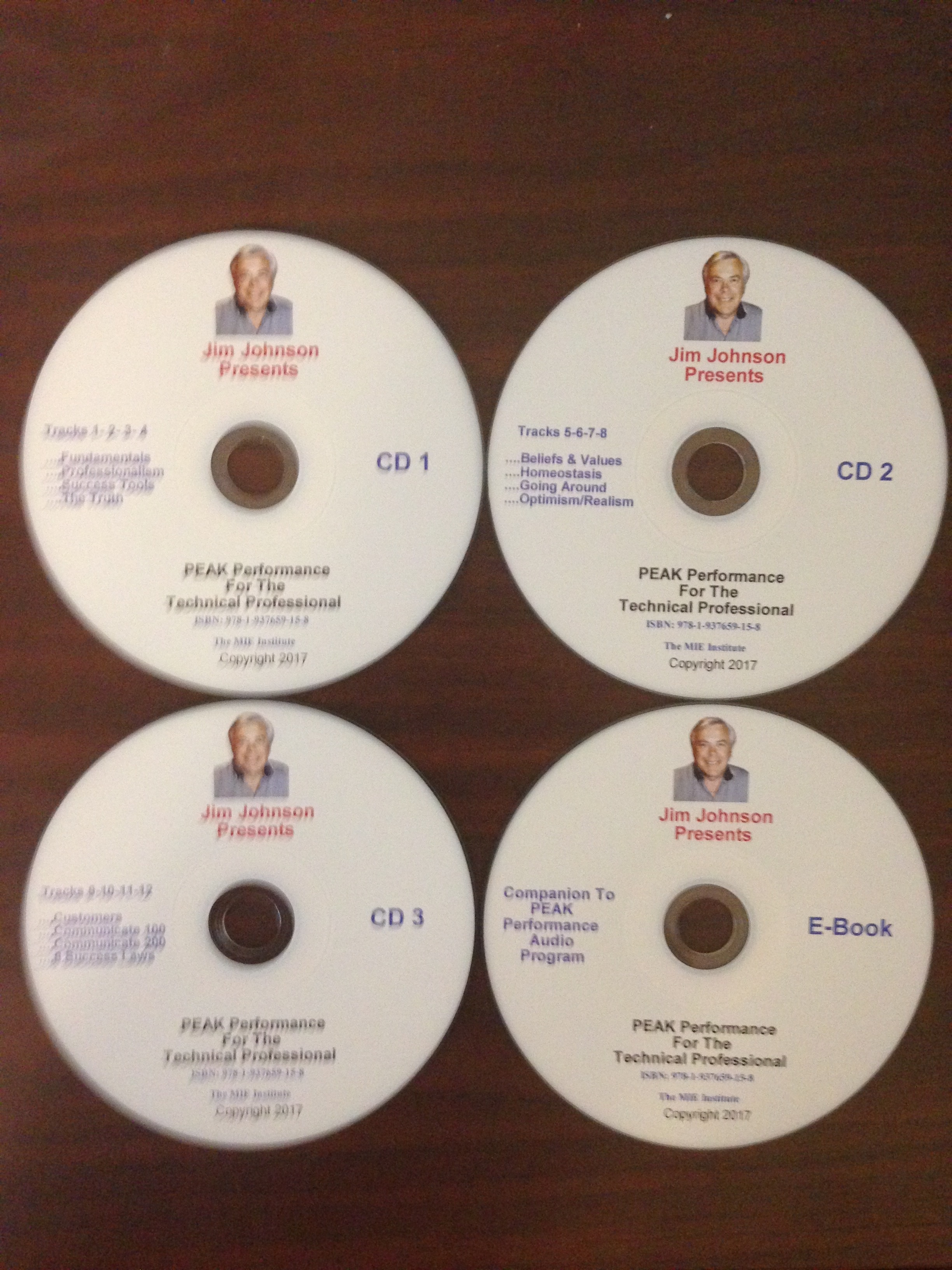I don’t know who coined the phrase, “High-Performance Building” (HPB) but, whoever that individual was, he or she probably would be surprised how these three words are used to define several categories today.
Initially I saw the phrase applied to “Green” buildings of the ‘80’s. Stepping back to pre-oil embargo days of the early 1970’s it is safe to say there were no HPBs. Back then, HVAC was relatively simple; constant volume reheat central air systems were quite common in the majority of commercial and institutional buildings. Energy costed around eight cents per gallon for #6 and #4 oil gas and electricity were not the fuel of choice back then.
Once this 1970’s energy crisis was on top of us in the building industry, things began to change dramatically. As an HVAC design engineer, I participated in a few consulting firms creating energy conservation departments with building owners and consultants reflecting back on existing HVAC systems and coming up with return-on-investment (ROI) opportunities to retrofit most of the previously engineered air, steam, and water systems, as well as re-engineering primary heating and cooling equipment to reduce operating cost.
After a period of “sick building syndrome” occurring, the building industry was beginning to realize there was more to energy engineering design, including some award-winning energy projects. Occupant comfort became a demand over space comfort.
“Green” design and “Green” buildings became the first HPB starting in the 1980’s followed by facilities wanting to have a certification tag attached to their buildings stating LEED (Leadership in Energy and Environmental Design) certified. Other monikers were also pursued such as:
- Sustainable engineered building
- Healthy indoor environment building
- Energy efficient engineered building
- Minimum environment impact building
- Properly balanced aesthetics building
The Energy Policy Act of 2005, Section 914. Building Standards states, “The term "high-performance building" means a building that integrates and optimizes all major high-performance building attributes, including energy efficiency, durability, life-cycle performance, and occupant productivity.”
The Whole Building Design Guide (WBDG), https://www.wbdg.org/about-wbdg-whole-building-design-guide based on:
- Cost-effectiveness
- Sustainability
- Safety and security
- Functionality
- Productivity
- Historical preservation
- Aesthetics
Another description for a HPB is, “A building that integrates and optimizes all major building attributes, including energy efficiency, durability, life-cycle performance, and occupant productivity.”
Other categories that could be added to, what is now becoming an all-encompassing theme are:
- Energy sources and generation as efforts are made to phase out fossil fuels
- Smart grid integration
- Water efficiency and utilization as potable water conservation is now a major concern
- Sustainable sites and the importance of having decisions made on having less impact on the environment
- Occupant health design
For the most part, all the categories above had been discussed in great detail, in conference seminars, and white papers since we entered the 21st century. One topic that had not been discussed until Hurricane Katrina hit New Orleans in 2005 was Resilience. Bringing buildings back online after the tragic devastation in New Orleans got the building industry thinking about including resilience in the design of building HVAC systems and equipment.
For those not familiar with this term resilience, it can be defined for the building industry as, “engineered in anticipation of an incident and plan for the recovery and/or adapt to an adverse incident”. The topic of resiliency came back with vengeance “after the world” shut down due to COVID-19. There really weren’t any past examples of how to open back up a building, providing a healthy building environment, sanitized environment. Today a HPB must include a prepared business plan, as well as an engineered or re-engineered building infrastructure solution to be certified as an HPB.
One topic yet to be a category in the HPB discussion is artificial intelligence (AI) because the full scope of this topic is yet to be fully understood. Policy and Procedure will take some time along with trial and error before a clear understanding of its HPB potential is defined.
To recap the above and break out my suggestion for the 2025 High-Performance Building categories, an HPB should include:
- Resiliency to adapt and recover
- Sustainability of Site and Building and its Reuse
- Smart Grid Integrity and Decarbonization
- Safety and Security
- Healthy Occupant and Indoor Environment






